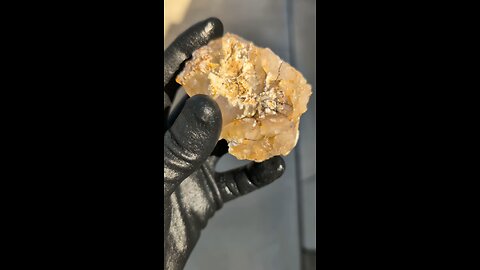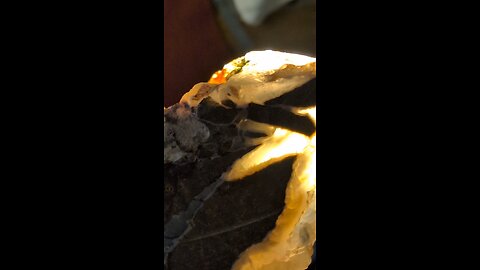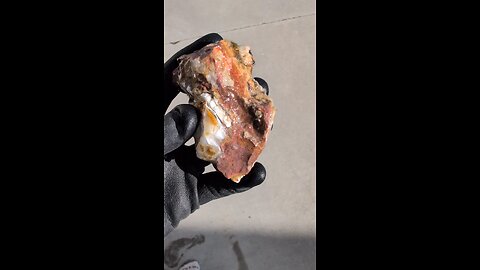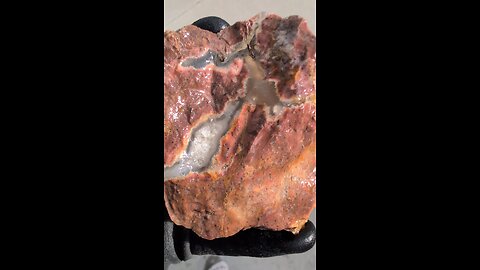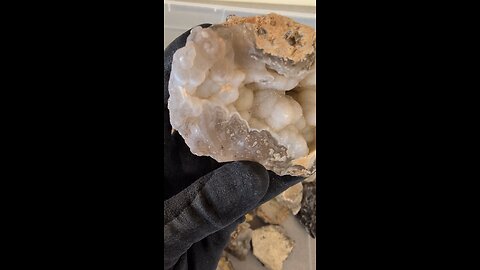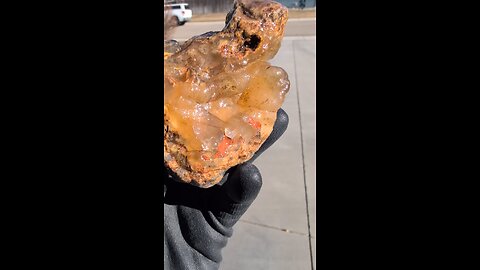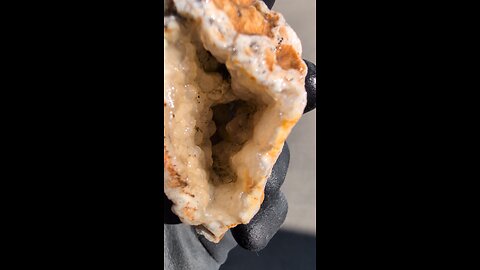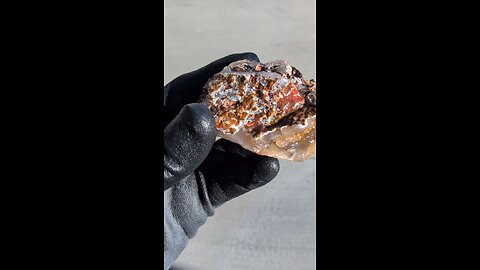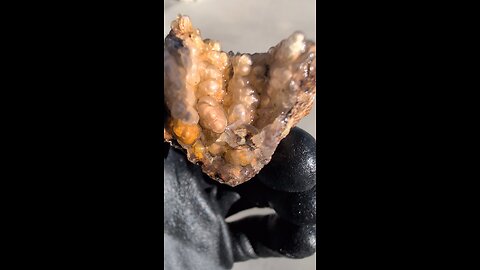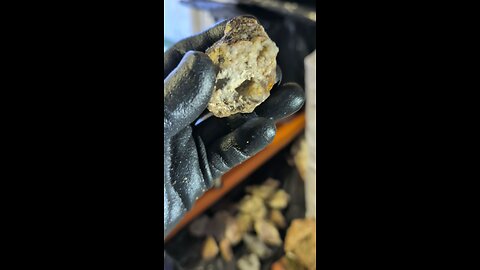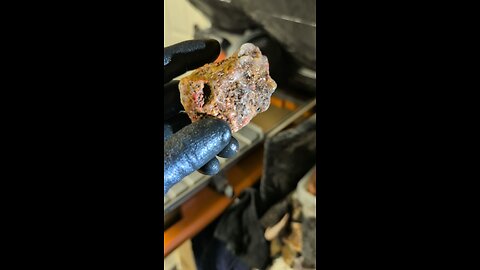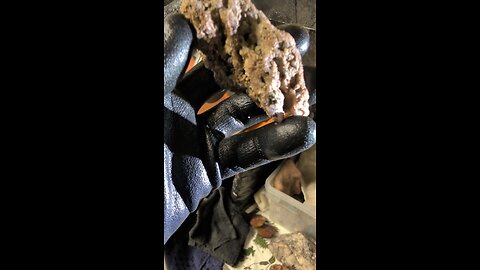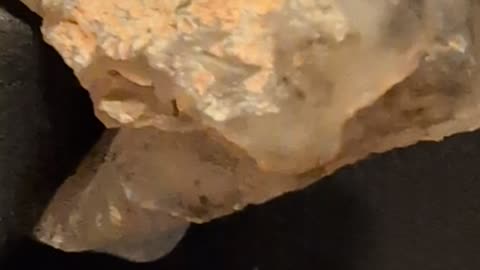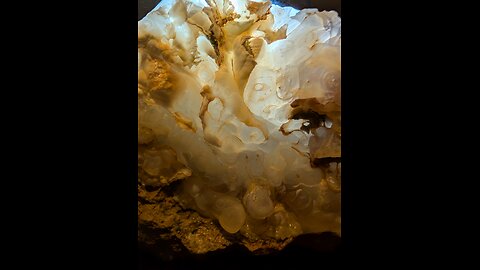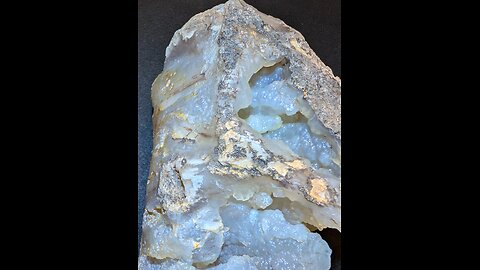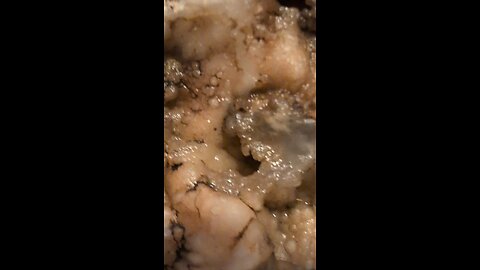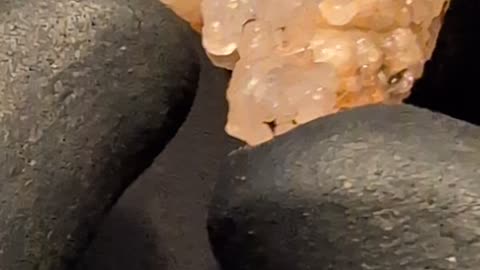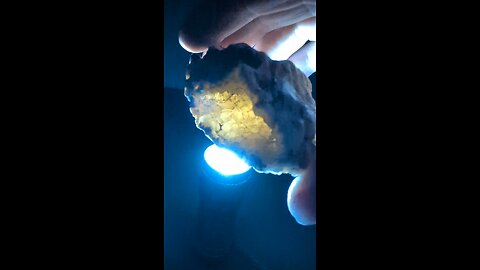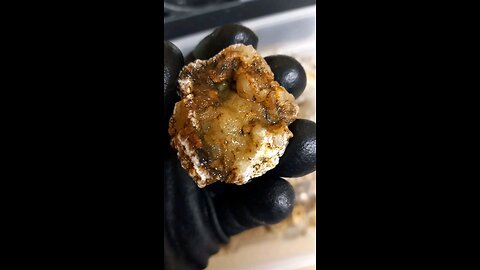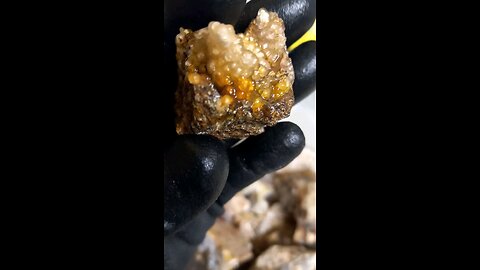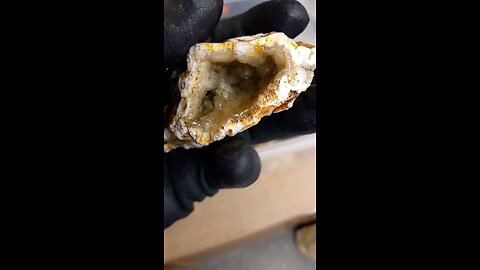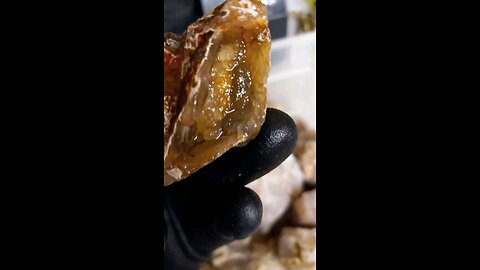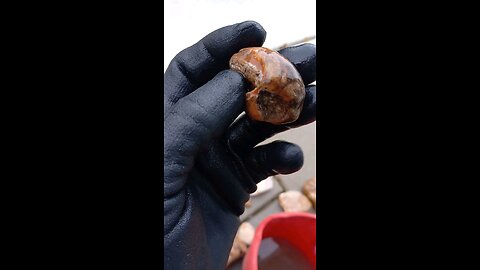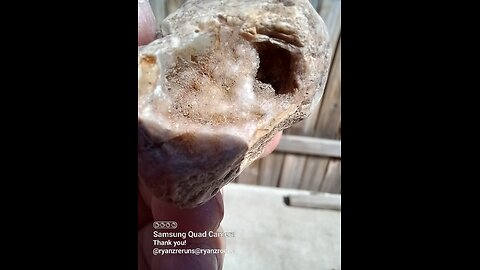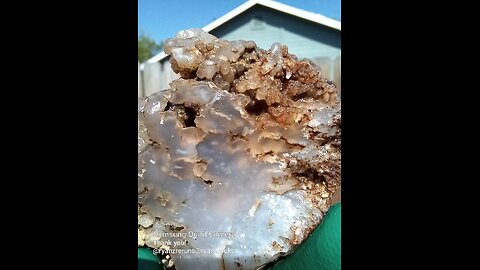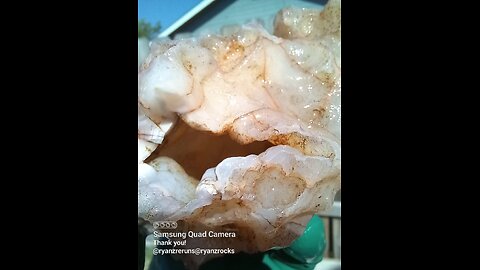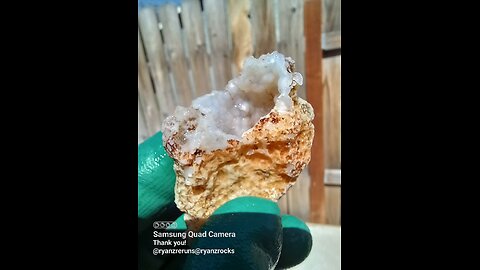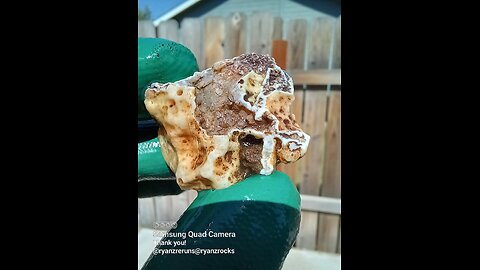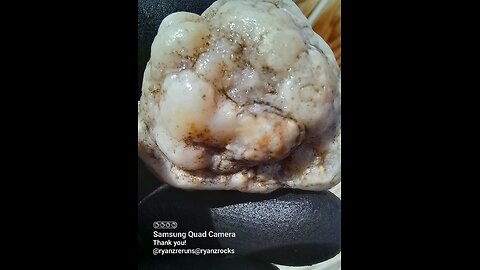Premium Only Content
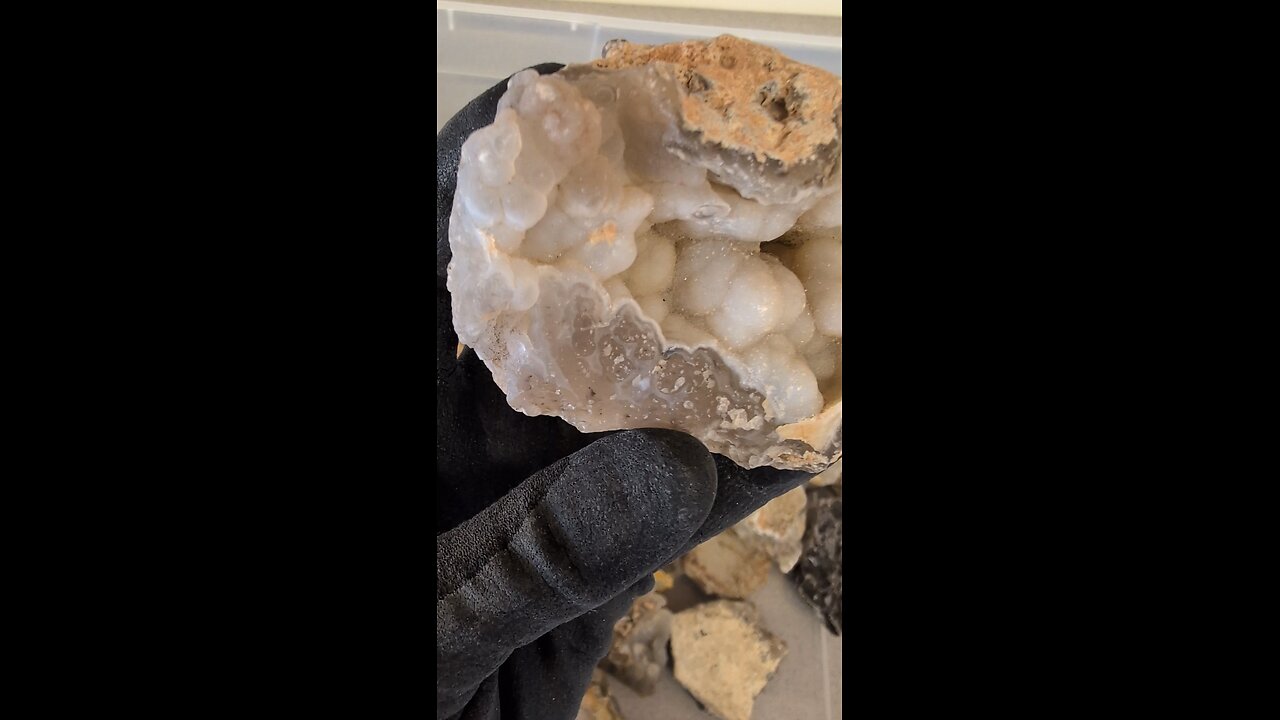
Interesting Botryoidal Formation!
Botryoidal Chalcedony n' Jasper Glow!
Broken Thunderegg Cluster!
Chalcedony n' Quartz Veins!
Botryoidal Geode!
Botryoidal Carnelean!
Botryoidal Geode!
Botryoidal Plume Agate!
Botryoidal Formation!
Ooids inside!
Brecciated Jasper Cut!
Botryoidal Plume Cut!
Plume botryoidal chalcedony nugget!
Plume slice!
Botryoidal slice!
Plume agate inspection!
Botryoidal Chalcedony Nugget!
Botryoidal Glow!
Hot Botryoidal Mess!
Half of a geode!
Botryoidal formations!
This half survived Monther Nature!
Broken geode!
Some botryoidal goins' on!
It's hollow!
Botryoidal chalcedony!
White botryoidal chalcedony?
Botryoidal chalcedony!
Botryoidal Geode!
This rock appears to be a geode filled with chalcedony or agate. Here's a detailed explanation:
Geode: Geodes are hollow, vaguely spherical rocks, often formed in volcanic and sedimentary rocks. They have a thin outer layer and are typically lined with crystals inside. The one in the image has been cut open to reveal its interior.
Chalcedony: This is a cryptocrystalline form of silica, composed of very fine intergrowths of quartz and moganite. Chalcedony can appear in various colors and forms, including agate, which has banding or layers.
Agate: If the chalcedony within the geode shows banding or layers, it could be classified as agate. Agate typically has more distinct color bands, which might not be very clear in this specimen due to the type of formation or the cut.
Formation: Geodes form when gas bubbles or volcanic cavities get filled with mineral-rich water. Over time, the minerals precipitate out of the water, forming layers or crystals inside the cavity. In this case, the minerals appear to have formed botryoidal (grape-like) structures, which is common in chalcedony.
Appearance: The white to light gray, rounded, botryoidal formations inside the geode suggest chalcedony. The outer shell seems to be a mix of quartz and possibly some iron staining, giving it the brownish hues.
-
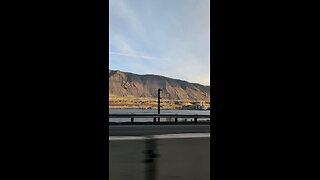 0:54
0:54
RyanzRocks
9 days agoJohn Day Dam!
442 -
 8:13:39
8:13:39
Grant Cardone
8 hours ago10X Business Summit Day 2
75.9K1 -
 1:51:26
1:51:26
SternAmerican
4 hours agoElection Integrity Town Hall - Lee County with Raj Doraisamy of Defend Florida 2:00pm Est
27.9K2 -
 12:01
12:01
T-SPLY
7 hours agoBREAKING - Jasmine Crockett Under Investigation For Fraudulent Campaign Donations
15.9K24 -
 39:07
39:07
Steph & Kayls
5 hours agoFrom Spicy Content to Sleepless Nights: The Chaos of Being First-Time Parents & Creators | Ep. 1
10.8K2 -
 1:36
1:36
Nick Shirley
7 hours ago $1.64 earnedThese Anti-Trump and Elon Protesters are Idiots
17.4K34 -
 17:08
17:08
World2Briggs
1 day ago $0.79 earned10 Worst Cities to Move if You Hate Yourself.
12.4K4 -
 13:32
13:32
megimu32
1 day agoKitKat vs. Twix: One Breaks, One Bites… Who Wins?
16.2K8 -
 24:04
24:04
Link to the Light
19 hours ago $0.27 earnedTop 10 Most Anticipated Games of 2025 - Link to the Light
10.3K3 -
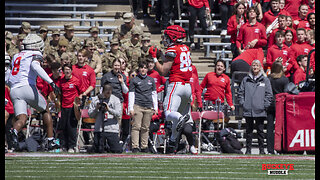 23:00
23:00
Ohio State Football and Recruiting at Buckeye Huddle
19 hours agoOhio State Football: Spring Game Recap | Biggest Concerns for Buckeyes?
6.66K
